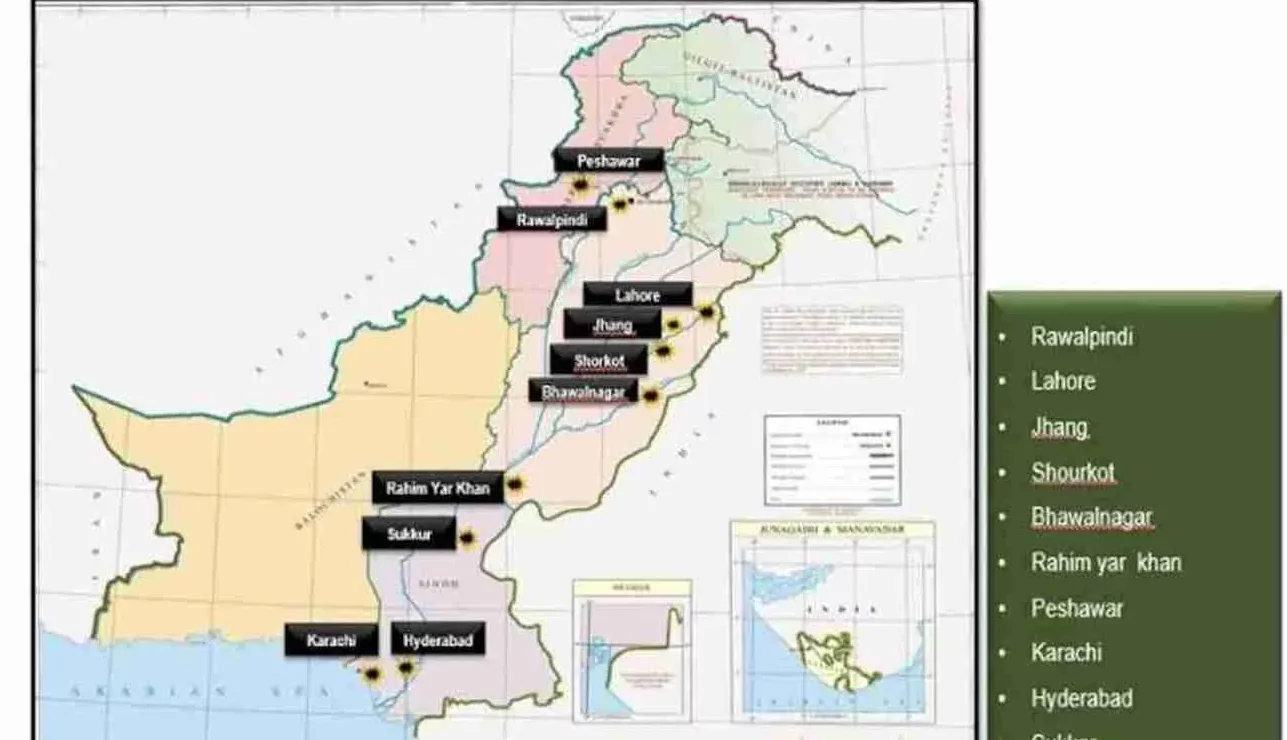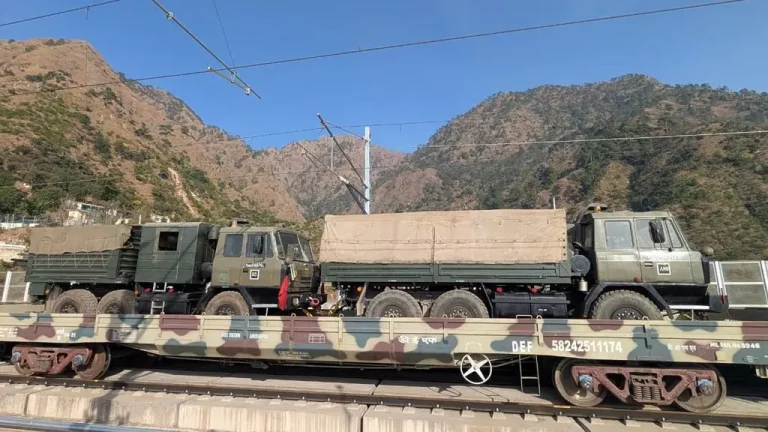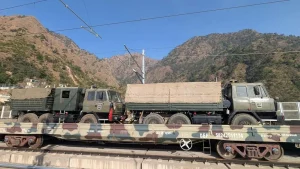A recent disclosure from Pakistan has unveiled that Indian forces conducted far more extensive strikes during Operation Sindoor than previously acknowledged. An internal report from Pakistan’s military concerning its response, dubbed Operation Bunyan un Marsoos, asserts that Indian airstrikes targeted at least eight additional sites beyond those announced by Indian officials. Prominent locations affected include major cities such as Peshawar, Gujranwala, Jhang, and Hyderabad in Sindh.
According to the report, these cities were notably absent from the official briefings provided by the Indian Air Force and the Director General of Military Operations after the airstrikes on May 7. The dossier includes detailed maps indicating strikes in various provinces of Pakistan, such as Gujrat in Punjab, Bahawalnagar, Attock, and Chor. This revelation significantly alters the narrative surrounding Operation Sindoor, emphasizing the strategic depth and precision of India’s military response following the Pahalgam terror attack that resulted in the deaths of 26 civilians.
The identification of these new targets underscores India’s capability to launch strikes deep into Pakistani territory, shedding light on the urgency behind Pakistan’s plea for a ceasefire just 72 hours after hostilities began. Indian officials speculate that the decision to withhold these locations from public knowledge was a calculated move intended to expose inconsistencies in Pakistan’s narrative and force a recognition of the extensive damage inflicted.
Earlier satellite images provided by Maxar Technologies corroborated reports of considerable destruction at known terrorist infrastructure sites. India had initially claimed it hit nine critical targets on May 7, including the Jaish-e-Mohammed headquarters in Bahawalpur and Lashkar-e-Toiba’s training center in Muridke. Additional targets encompassed Muzaffarabad, Kotli, Rawalakot, Chakswari, Bhimber, Neelum Valley, Jhelum, and Chakwal in Pakistan-occupied Kashmir.
In the wake of retaliatory drone and missile attacks from Pakistan aimed at both civilian and military sites in India, India escalated its counter-offensive, targeting Pakistani military air bases. Reports indicate that eleven Pakistani air bases were struck in a series of subsequent attacks, including Nur Khan, Rafiqui, Murid, Sukkur, Sialkot, Pasrur, Chunian, Sargodha, Skardu, Bholari, and Jacobabad.
India’s stance following Operation Sindoor has been unequivocal: any act of terrorism against Indian territory will be treated as an act of war. With newly released Pakistani documents revealing the scale of Indian airstrikes, it is apparent that the repercussions of Operation Sindoor are far more extensive than previously understood, both in tactical execution and geopolitical implications.



















